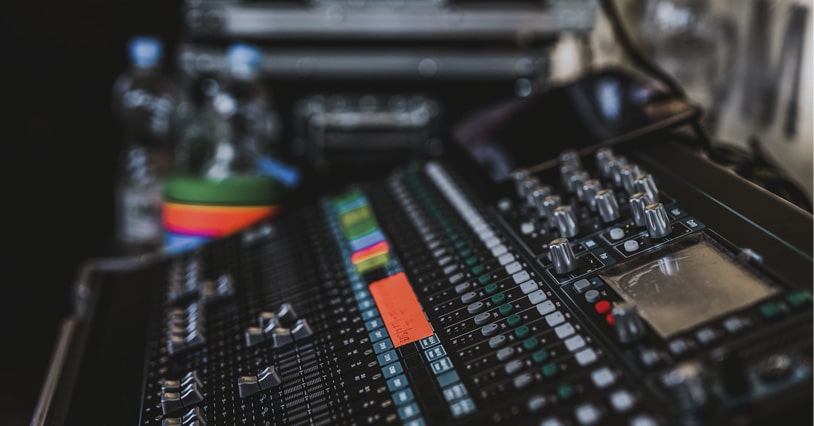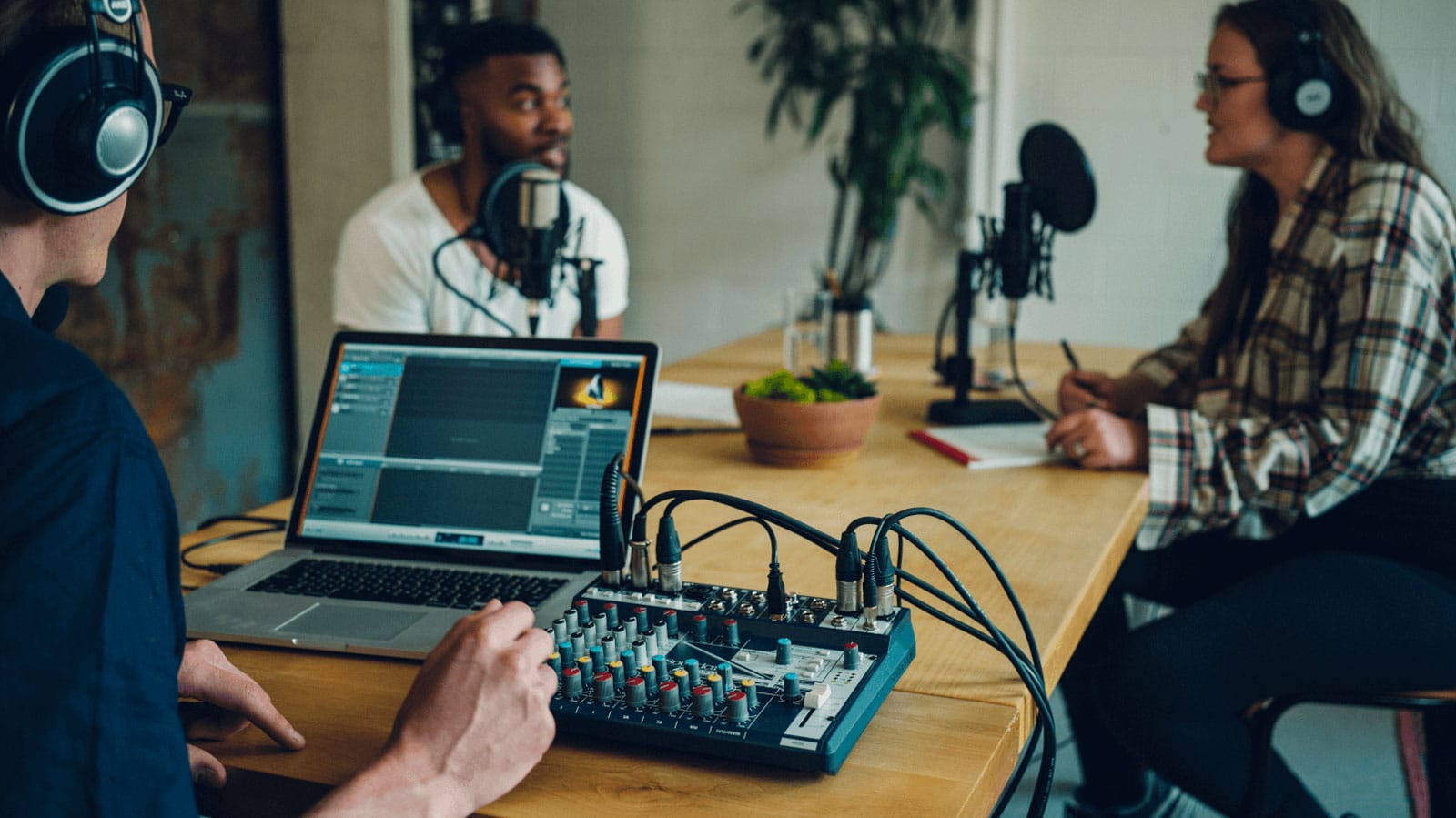
The first thing a new sound engineer will usually learn is volume control, and for many amateur engineers, this is where their “training” will end.
They’ll head to their church or live music venue, mic everyone up, balance the volume between the instruments and vocals, and think that they’ve done a good job.
Of course, if someone in the band can’t be heard clearly, it’s not the engineer’s fault – it’s the PA system, or the room, or the band hasn’t thought through their music.
The truth, however, is that more times than not, the fault lies with an inexperienced or untrained engineer.
If you want to improve your mixing skills and be sure that when you do audio for a band that each band member can be heard, then this is the perfect lesson for you. This guide will show you the basics of where each instrument in a band sits in the mix, and how to ensure that each instrument sits where it is supposed to.
Levels
Every good mix starts with getting the levels right. As we’ve already mentioned, this is the first thing that most sound engineers will learn.
The great thing is that it really does come down to common sense; if the vocals are too soft, make them louder. If the guitar is too loud, make it softer.
A good starting point is to match all the levels to the volume of the loudest acoustic instrument – in most cases the kick-drum. If you don’t have a kick-drum in the band you’re mixing or no acoustic instruments, move all the sliders so that everything sounds the same.
Remember, the sliders will all be in a slightly different position to achieve this. Once you’ve got the volume levels equal, you can start to play around until you find volume settings that work for all the instruments.
Pay special attention vocalists, since each singer will have a different natural volume. Also, pay attention to any instrumentalist playing a solo. When someone solos, boost their volume by about 5 -20%. By do that, you will be able to highlight points of interest or emotion in a song.
If your current mixing method is “set and forget”, then you should spend a bit more time trying to hone your skills.
Next, Learn Audio Panning
Panning is one of the most important elements to master if you want a flawless mix. We wrote a beginners guide to audio panning, before continuing with this lesson, we strongly suggest that you read that article to get a full handle on audio panning.
EQ
Once you’ve mastered audio levels and audio panning, the next step to getting the perfect mix is learning how to EQ.
Mastering EQ is not something that you’ll learn from a blog post. It is the kind of thing that takes years of experience. Think about it like playing the guitar or flute. You can learn all the theory from a book, but without spending time practising, you will never play like a master.
Quick EQ Tips
1) Reset the Board
Before you can get a clean mix, is to ensure that you’re starting from a neutral position. So turn all the dials to 0, or the middle position.
2) Use Filters
The easiest way you can get a clear mix is to use wasted headroom. Try applying your mixer’s highpass (low-cut) filters on any channel that doesn’t benefit from bass frequencies. This will give bass-heavy sounds, such as bass guitars breathing room in the mix, allowing key rhythmical elements to stand out.
3) Vocals First
The one thing that will resonate with your audience is vocals. As humans, we can’t help but be drawn to singers telling stories. So, if no one can hear the lyrics, the emotional impact will be lost.
4) Listen as you EQ
Every venue will be slightly different. Each time a singer sings, their voice will have slight variations. If a guitarist has just put on new strings, their tone will be brighter.
None of these are things you can fully-prepare for. That is why it is important to do a sound check before every show. Take your time, and listen to each member of the band. And as you work through the band, remember that previous settings can be changed.
Listen, tweak, repeat.
5) EQ is not the Silver Bullet
While you can do a lot to get a perfect mix, that doesn’t mean everyone will be heard. As a sound engineer, there is only so much that you can do.
If the guitarist is using a pedal, and he hasn’t set up the pedal correctly, his tone will be horrible. As a sound engineer, you can’t fix that. If a drummer’s drum skins are so old that they sound like someone playing on a pillow, there’s nothing you can do to fix that either.








